Your online fitness testing protocols are important.
We often hear many questions about online fitness testing from trainers. Why is it important? Are tests really needed? Are online tests accurate? How can I do fitness tests if the client is not the gym with me? Are they complicated? Which tests are best?
This guide will answer these questions and many more. If you are already an online personal trainer or want to be one, you are in the right place. Furthermore, no matter what your current level is, this guide can help you be a better personal trainer.
Why are your online fitness testing protocols important?
First, tests are important to establish a baseline for the client. Since you are not standing right next to the client, you need to perform some basic tests. Good online tests give you a clear idea of their strength, flexibility and general fitness level. The test results provide you a starting point for developing a program for your client.
By knowing the clients current level, the personal trainer can create a program level that fits the clients needs. (Or to pick a pre-made fitness template that matches their requirements.) This makes your job easier and gives the client confidence in the your skills. In short, it is a win-win.
Second, tests allow your client to understand their current fitness level. This helps them appreciate their journey to their goals which can provide motivation. Some clients may need this kind of reality check.
And finally, on later tests or reassessments, your client can often do the tests without direct personal trainer supervision. This frees up your time, which you can use to work with more clients.
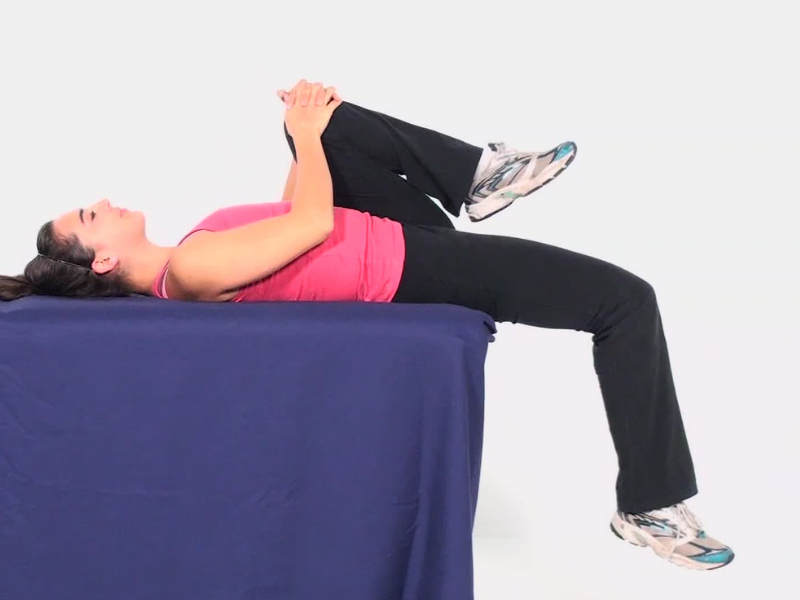
Are online tests accurate and how are they done?
Online fitness testing can be done quite accurately. There are two main things to keep in mind. First, make sure your clients knows how to do the test correctly. And second, watch your client doing the test so you can give feedback and corrections if needed.
Since you are not physically with your client, use a teleconference program (Zoom, Skype etc.). The client can usually do the tests in their living room or other suitable area. You can make sure the test setup is correct. Plus you can help your client do the test properly.
Using a good personal trainer software program can help. For example Total PT Fitness will send test instructions to your client.

TIP: Before the testing session:
1. Give your client a list of the items they will need (tape measures, steps, etc.)
2. Provide test instructions to your client to read so they are prepared.
3. Some tests are easier if the client has a helper to assist. But creative camera position can help you see the results too.
Are online testing protocols compicated? Which tests are best?
Certainly, some online fitness testing procedures, such as body fat percentage skinfold measurements or multistage treadmill VO2 tests, can be complicated. A skilled personal trainer should perform these tests in person.
However, there are a variety of tests that a client can do with supervision. And there are many basic tests that will give you the information you need. These tests often use basic equipment available to a person at home, like tape measures, yard sticks, boxes etc.
Naturally, the tests you prefer will vary depending on a your preferences and what you need to know. For the most part, you want to determine weight, girths, strength, endurance, flexibility and cardiovascular level. There are many resources such as Total PT Fitness software or the ACSM Resources.
Besides a simple weight test (and general visual observation of your client during the video call), here are six core tests that almost any client should be able to do and will provide you a good picture of your client’s fitness level.
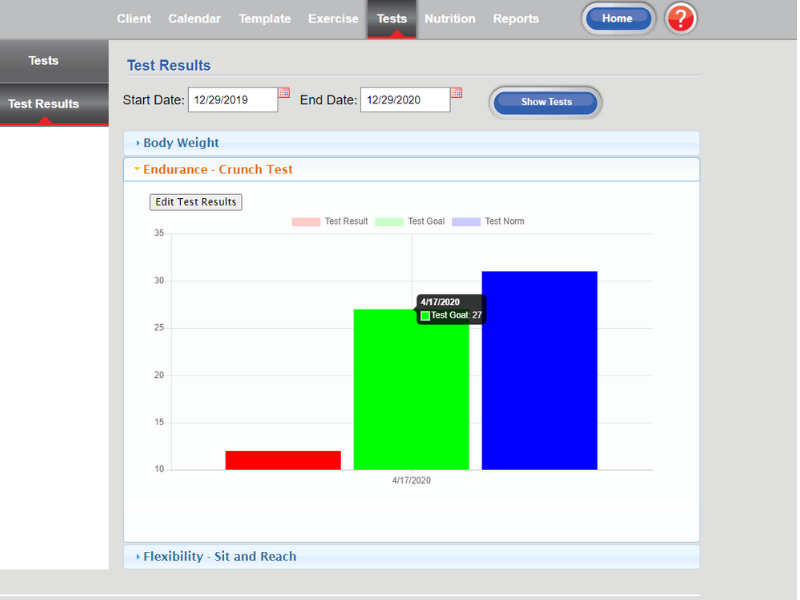
Personal Training Software
With Total PT Fitness your online fitness testing is easier. We provide clients with clear instructions on what equipment they need, how to set up, perform, and enter the test results.
Promote a professional image. Affordable and comprehensive. Over 150 fitness tests, including senior functional screening. Create Testing Protocols.
Professional Software for Personal Trainers and Wellness Professionals
Fitness Testing Made Easy!
The push-up test
The Push-Up test is a good measure of upper body strength and muscle endurance.
The subject begins in the up position with hand shoulder distance apart, back straight and head up. Males have toes on the ground and females use knees for pivot point.
Client lowers body to touch chin on floor and pushes back to straight elbows. The score is the maximal amount of push up without resting.
One thing to remember is if the client becomes fatigued and can’t keep a straight back, the score stops at that time.
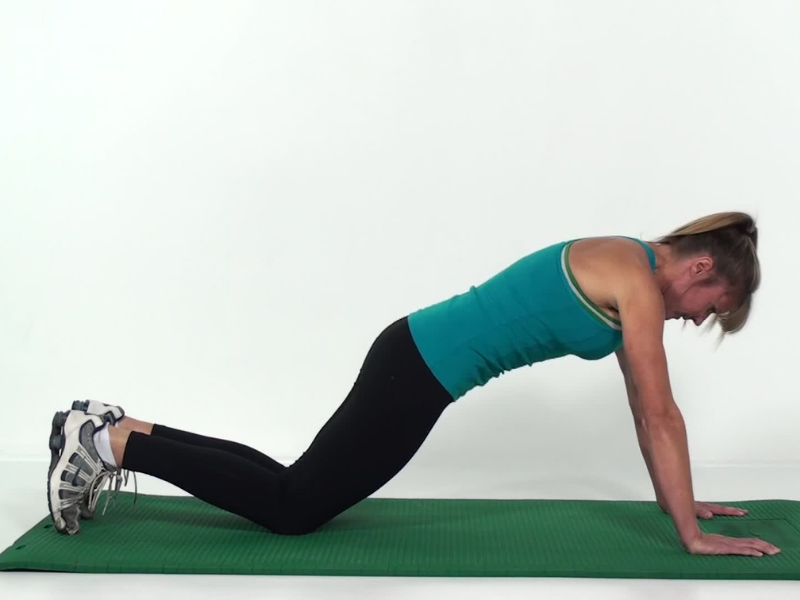
The crunch test
This test is great for online fitness testing and is a good indicator of endurance and trunk strength.
Client lies on back with knees bent to 90 degrees with arms at sides. Place a piece of tape at the fingertips. Place a second piece of tape 8 cm past for age 45 and over or 12 cm for age 44 or less. At a cadence of 40 beats per minute they lift shoulders up to reach the tape, lower and repeat. The motion should be slow and controlled and low back should remain flat and in contact with floor. The test results are the number of crunches performed without pausing, or when the marks cannot be reached, or when 75 have been achieved.
If the person begins to twist trunk or do any other muscle substitutions, the score stops.
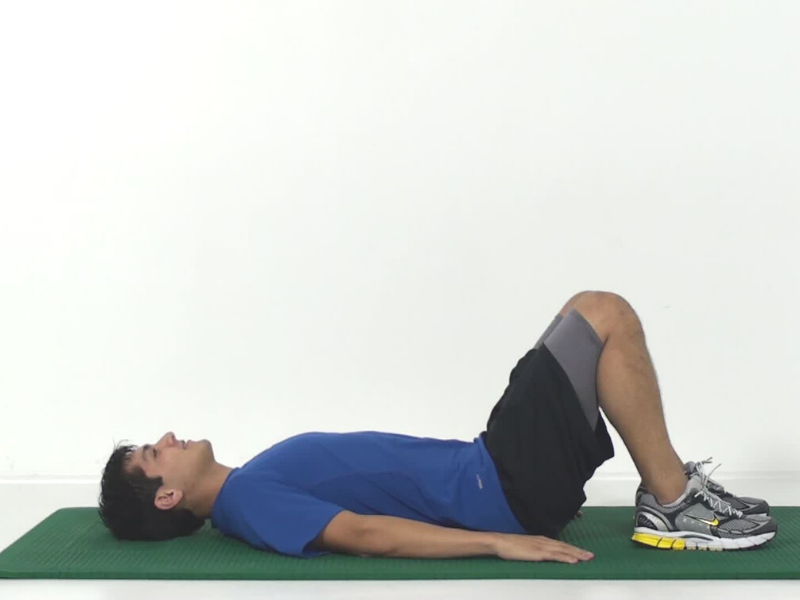
The shoulder flexibility test
This quick test is a great way to see general combined upper body and arm flexibility. A helper can be convenient to assist with performing the test.
Have the client reach behind their back with one hand and reach back overhead with the other hand. A good rating is when they can touch fingertips of both hands. If this cannot be done, measure the distance between the fingertips.
The sit and reach box test
For determining flexibility of the hamstrings and lower back, the Sit and Reach test is perfect. Easy to do and only a yardstick and a box are needed.
No shoes are worn during this test.
Tape a yardstick on a box with the 26 cm mark (10.24 inch mark) at the edge of box and the lower numbers toward the susbject. The subject sits with the yardstick parallel to and between legs with the soles of the feet flat on the side of the box. Knees should be straight throughout the test.
The subject slowly reaches forward with both hands as far as possible. The result is the farthest point that can be reached with the fingertips. The best of three attempts should be used. A toe touch test is an alternative method.
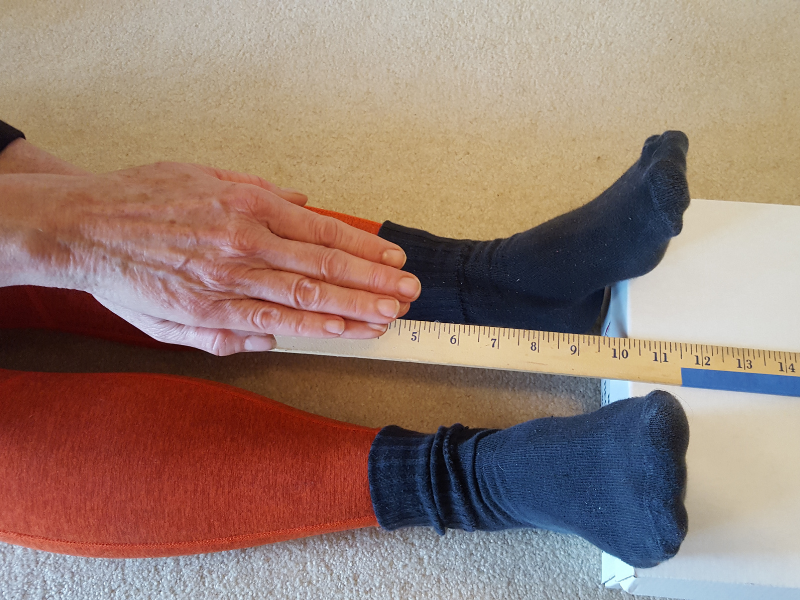
The YMCA step test for VO2
Step tests are an easy way to obtain a pretty good idea of cardiovascular fitness with minimal equipment.
Use a 12 inch step. The subject steps up onto step leading with one leg until both feet are on step. They then step down leading with the other leg until both feet are on floor. This step up and down is performed for three minutes at 24 steps per minute. At the end of three minutes, the subject stops and the pulse is taken within 5 seconds. Take pulse for a complete 60 seconds and count the number of beats during that time. If your client cannot get a step, the Rockport Walk test is an alternative.
The waist to hip ratio test
The Waist to Hip ratio test is another test suitable for online fitness testing and can be a good indicator to determine if a person has a higher than advised weight. To some extent it can also relate to cardiovascular fitness when combined with the VO2 test previously mentioned. And of course it records the girth of both the hip and waist. These two measures can work well with weight loss goals.
Additionally, people with high waist to hip ratios have higher risk of heart disease and type 2 diabetes.
Take waist measurement at the narrowest part of the torso above the navel and below the sternum.
Take hip measurement at the largest circumference of the hips or buttocks, whichever is biggest.
Divide waist measure by hip measure. The World Health Org reports 0.9 or less is preferred with males and 0.85 or less is preferred with females.
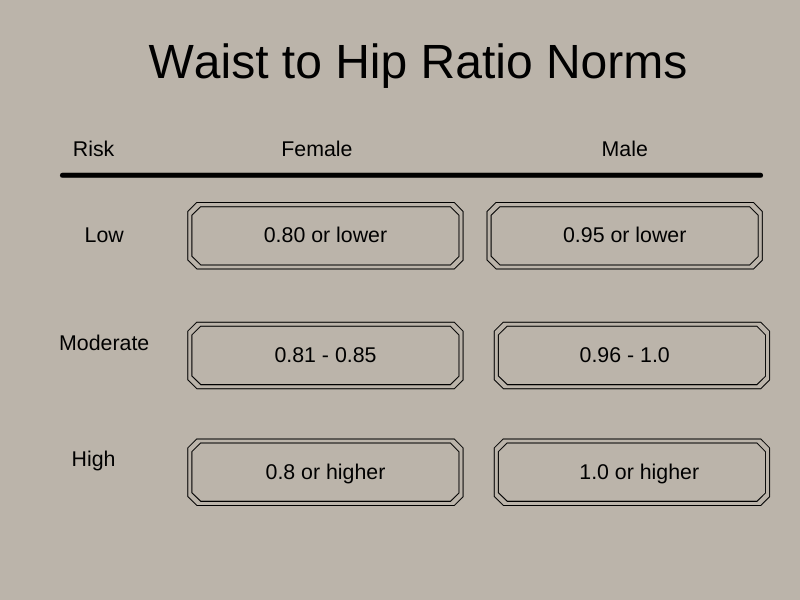
Solid Assessment Protocols For Clients Will Improve Your Online Fitness Testing.
In conclusion, the above six tests will give you a very good picture of your client’s fitness level. Plus, many of the tests have normative values to help provide realistic goals. If you provide your client the instructions and list of items to get a few days before, these tests can usually be done in an hour or less using video conferencing. Done properly, the tests can be accurate and helpful for guiding with fitness programs.
Of course, there are many other tests that can be used as well. A lot depends on what information you want to get and also, your client’s goals. Consider creating several test protocols using different tests. Experiment and over time you will find what works best for you.
